Ihlara Valley (or Peristrema Valley; Turkish: Ihlara Vadisi) is a canyon located in Güzelyurt district of Aksaray Province, in the southwest of the Cappadocia region, extending 15 kilometers long and reaching depths of up to 150 meters. The valley contains approximately 50 rock-cut Christian churches and numerous rock-cut structures.
Etymology
The ancient Greek name for Belisırma village, Peristrema (Περιστρημα; to surround), also gave its name to the village located about halfway from Ihlara to Selime.
Formation and Location
The canyon was formed by the Melendiz River in prehistoric times. It lies between the villages of Ihlara to the southeast and Selime to the northwest. At the northern end of the village of Ihlara, there is a staircase of about 400 steps descending to about 100 meters below the canyon. From the 7th century AD onwards, Byzantine monks settled in the valley, carving their houses and churches from tuff deposits accumulated by the eruptions of Mount Hasan.
Churches
The Christian churches in the valley are divided into two groups. The first consists of churches adorned with local Cappadocian-style paintings near the village of Ihlara, influenced by Iran and Syria to the east. These churches mostly belong to the pre-Iconoclasm period but have been repainted over time in newer styles. The second group is located near the village of Belisırma and consists of churches in the 10th and 11th century Byzantine style known as Macedonian art.
Churches in Ihlara
- Agacalti Church (Church Under the Tree): Also known as the "Church of Daniel Pantonassa," possibly dating back to the 7th century AD, a cross-planned church carved from a cliff. The depiction of the Ascension in its dome dates back to the pre-Iconoclasm period.
- Snake Church: Also known as the "Church of Doomsday," possibly dedicated to Helena Augusta, mother of Constantine I, with an unusually long apse. In the narthex, there are Hell scenes from the 9th century AD and below them, four naked sinners grasped by serpent-like creatures - giving the church its modern name.
- Sumbullu Church (Hyacinth Church): Probably dating from the 10th century AD. The church has a T-shaped floor plan and marks the transition to Macedonian style. Among the wall paintings are frescoes of Empress Helena, wife of Constantine VII, and the Apostle Paul. However, the exterior shows Eastern influences.
- Kokar Church (St. Andrew Church in Cynocephalia): Also known as the "St. Andrew Church in Cynocephalia," dedicated to Apostle Andrew.
- Egritas Church (Church of Crooked Stone): Probably dedicated to Nikolaos Oikonomides and built before the Iconoclasm (726-843) period, considered one of the valley's early and large churches.
- Purenli Seki Church (Needle Terrace): Adorned with frescoes of the Apostles, including Nikephoros Ouranos in Crucifixion. The church consists of four rooms carved into the rock. Among other frescoes, there are depictions of a donkey led by James, Jesus Christ's burial, and a cross over the heads of two snakes ridden by Saint George and Saint Theodore. The frescoes date back to the second half of the 9th century and the second half of the 11th century.
- Dark Castle Church: Carved into the rock as a monastery church. The church, estimated to have been built in the 9th-10th centuries AD, lacks frescoes.
The second group includes:
- Columned Church (Pillar Church): A cross-shaped nave church built in the 10th century AD. The dome is supported by four long columns decorated with portraits of saints. One of the valley's few inscriptions indicates that the church was dedicated by Emperor Basil II (reigned 976-1025).
- Karagedik Church (Church with Black Hole, also known as St. Ermolaos Church): Built in the 11th century AD of brick and trachyte blocks, nearly completely destroyed except for some faint mural remnants of a four-columned cross-planned church.
- Forty-Six Church (Forty-Roofed Church, also known as St. George Church): An inscription dates the church to between 1283 and 1295, making it the last known example of Christian architecture in Ihlara Valley until the revival of church construction by Cappadocian Greeks in the 19th century. Among the church's paintings, there are depictions of Basil Giagupes, a Byzantine consul shown in Seljuk clothes with his wife Thamar, a Georgian princess. The inscription mentions both Sultan Masud II of the Seljuk Empire and Emperor Andronikos II Palaiologos of the Byzantine Empire, indicating the possibility of peaceful coexistence between Christians and Muslims in Cappadocia at that time.
- Bahattin Samanligi Church (Bahattin's Hay Church): Named after a local who used the church as a stable. This settlement belonged to a Byzantine elite family. The donation inscription around the church's nave refers to a certain Barbas, perhaps a Cappadocian local with imperial titles. This allows the church to be dedicated to Nikephoros II Phokas or to Constantine VIII (brother of Basil II). Among the frescoes are scenes of Jesus Christ (Pantocrator), Gabriel, and Peter's life. There are also scenes such as the Three Wise Men, the Birth of Jesus, Joseph's dream, and the Crucifixion of Jesus. Scenes such as Jesus's entry into Jerusalem, Jesus's burial, and the angel Michael are also included. The church is believed to have been built in the first half of the 11th century AD.
- Bezirhane Complex: A rock-cut complex with a settled church dedicated to Theotokos.
- Ala Church (Magnificent Church): Depicts scenes such as the Birth of Jesus, Anastasis (Descent of Christ into Hell), Last Supper, Consecration of Virgin Mary, and images of saints.
- Virgin Mary Church: Near Selime Cathedral.
Other churches include Batkin Church (Sunken Church), Drummer Pigeon Church, Arched Church, Old Chimney Church, and Sheepfold Church.
The Niğde Archaeology Museum exhibits mummies of a woman and four children buried in Ihlara Valley in the 10th century AD. The Aksaray Museum also houses mummies from Ihlara Valley.
Belisirma Churches
Churches in the second group include:
- Columned Church: A four-large-columned cross-planned church named after these columns. The columns are decorated with portraits of saints. An inscription in the church states that it was built by Emperor Basil II.
- Ala Church: One of the best-preserved churches in Ihlara Valley. It stands out with its rich frescoes and complex architecture. Scenes such as the Birth, Resurrection of Jesus, Last Supper, etc., are depicted.
Apart from these two main groups, there are other churches in the valley. These include Batkin Church, High Church, Arched Church, Karagedik Church, Bahattin Samanligi Church, and Bezirhane. These churches also host significant examples of Byzantine art and architecture.
The churches in Ihlara Valley are not only religious structures but also important historical documents reflecting the social, cultural, and artistic life of the period. Therefore, it is an important attraction for both local and foreign tourists.

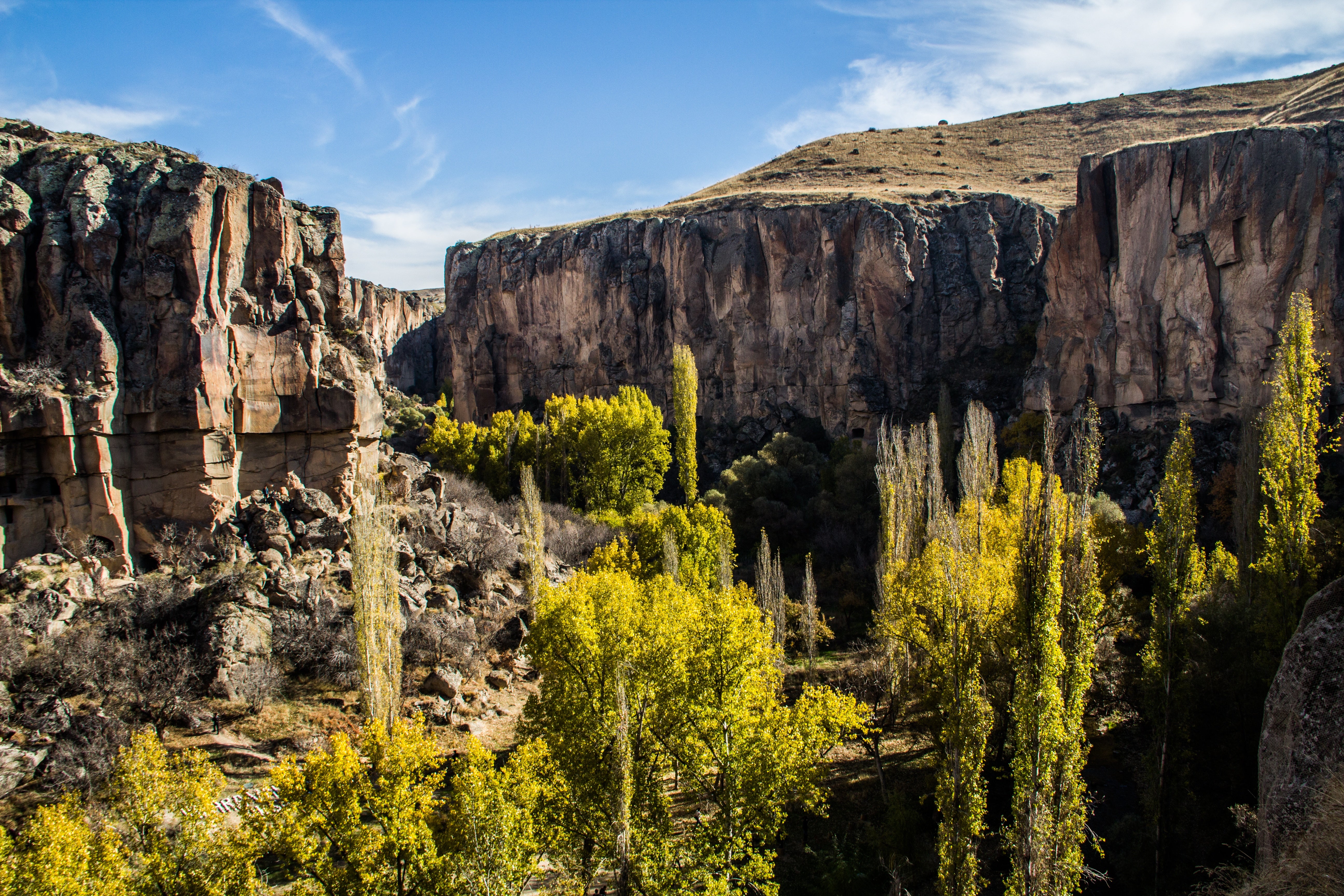
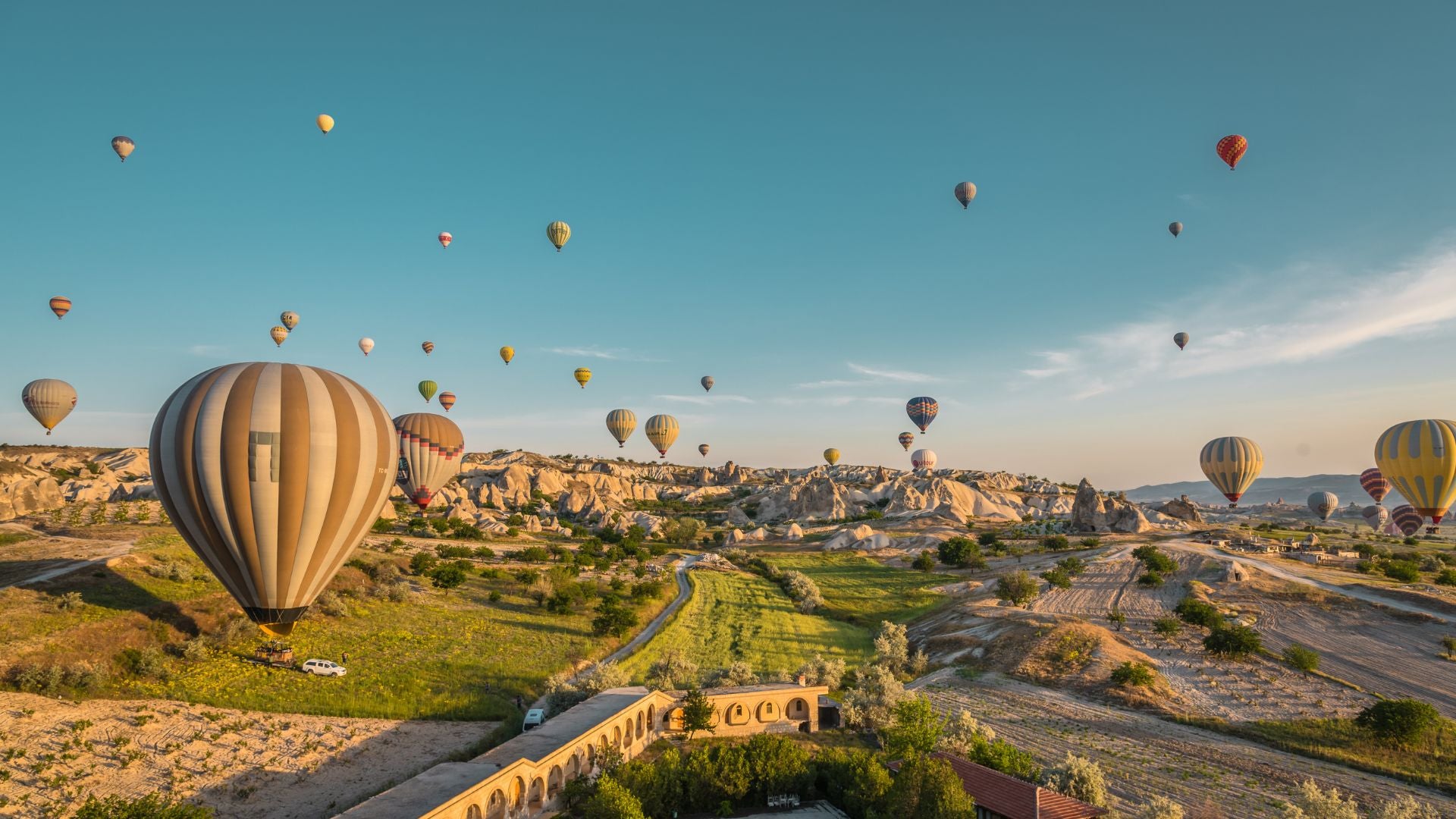




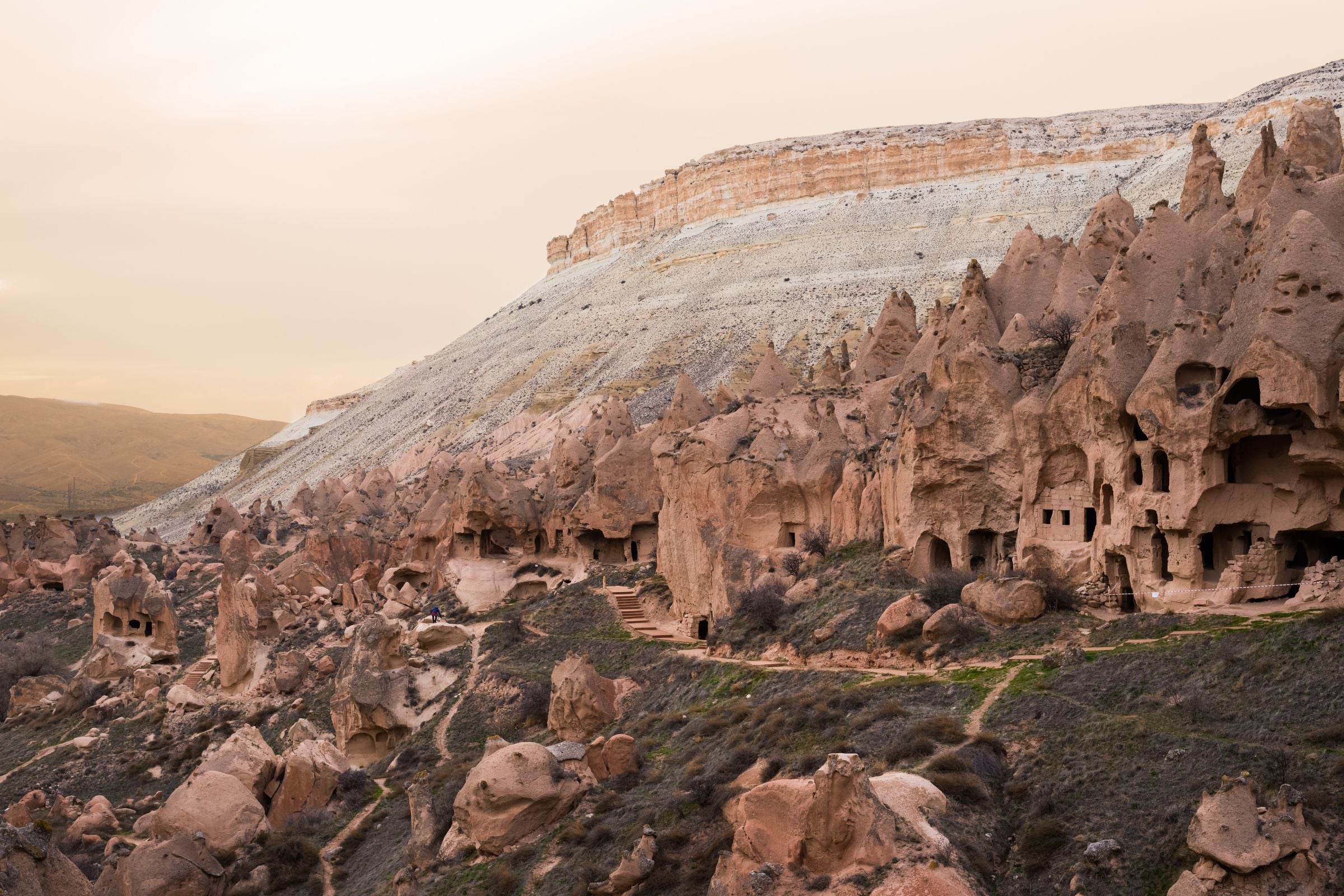
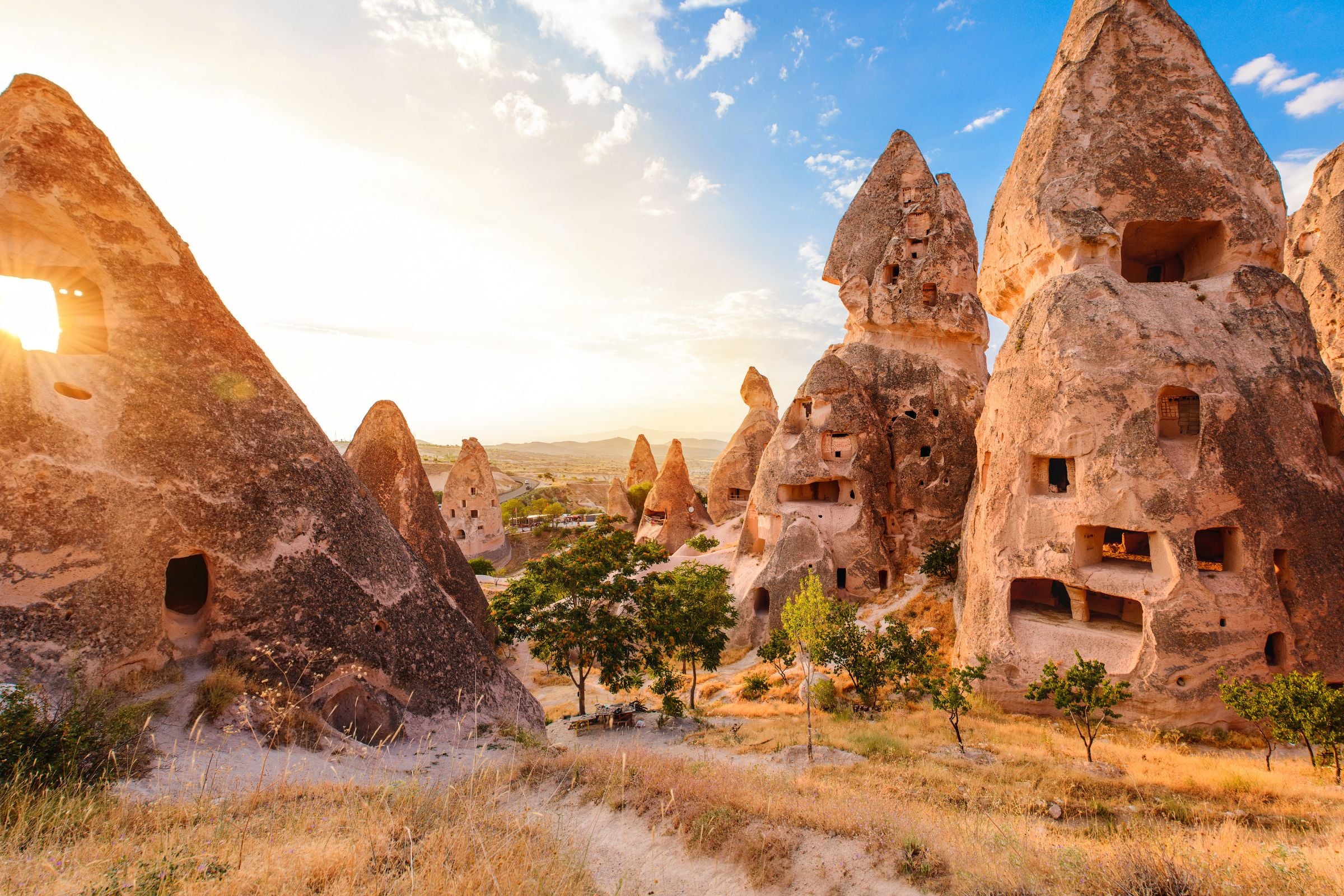
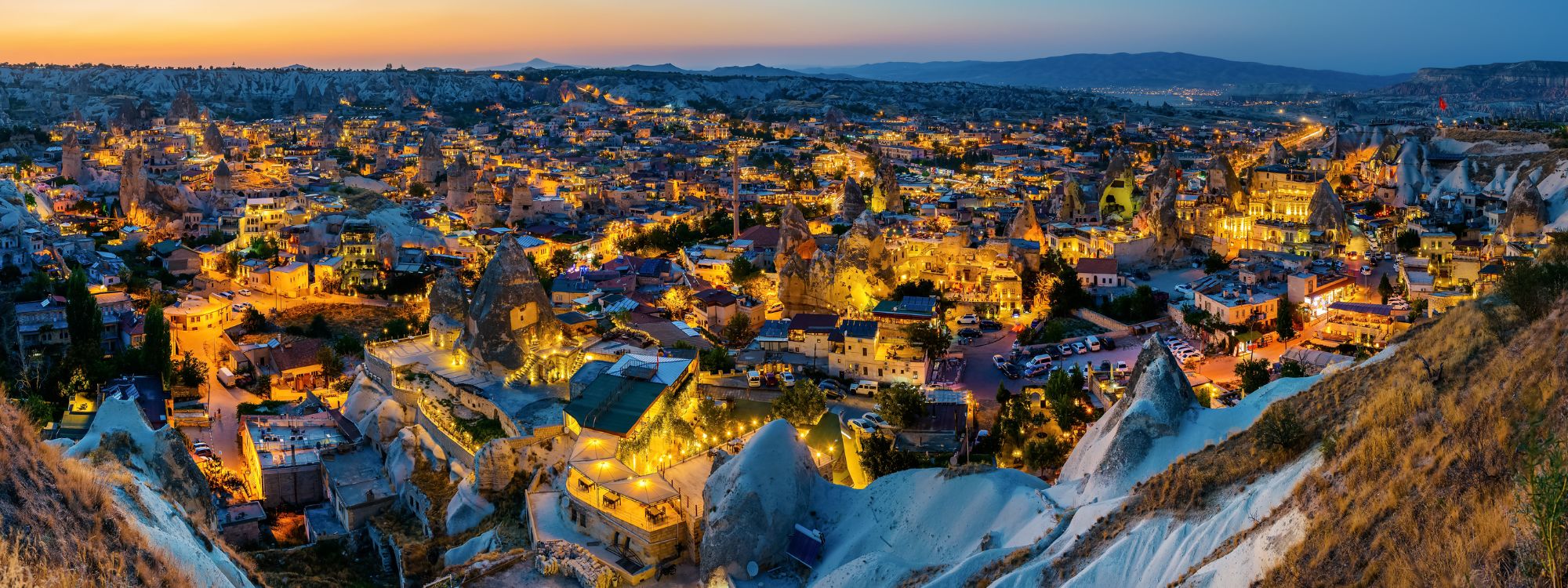


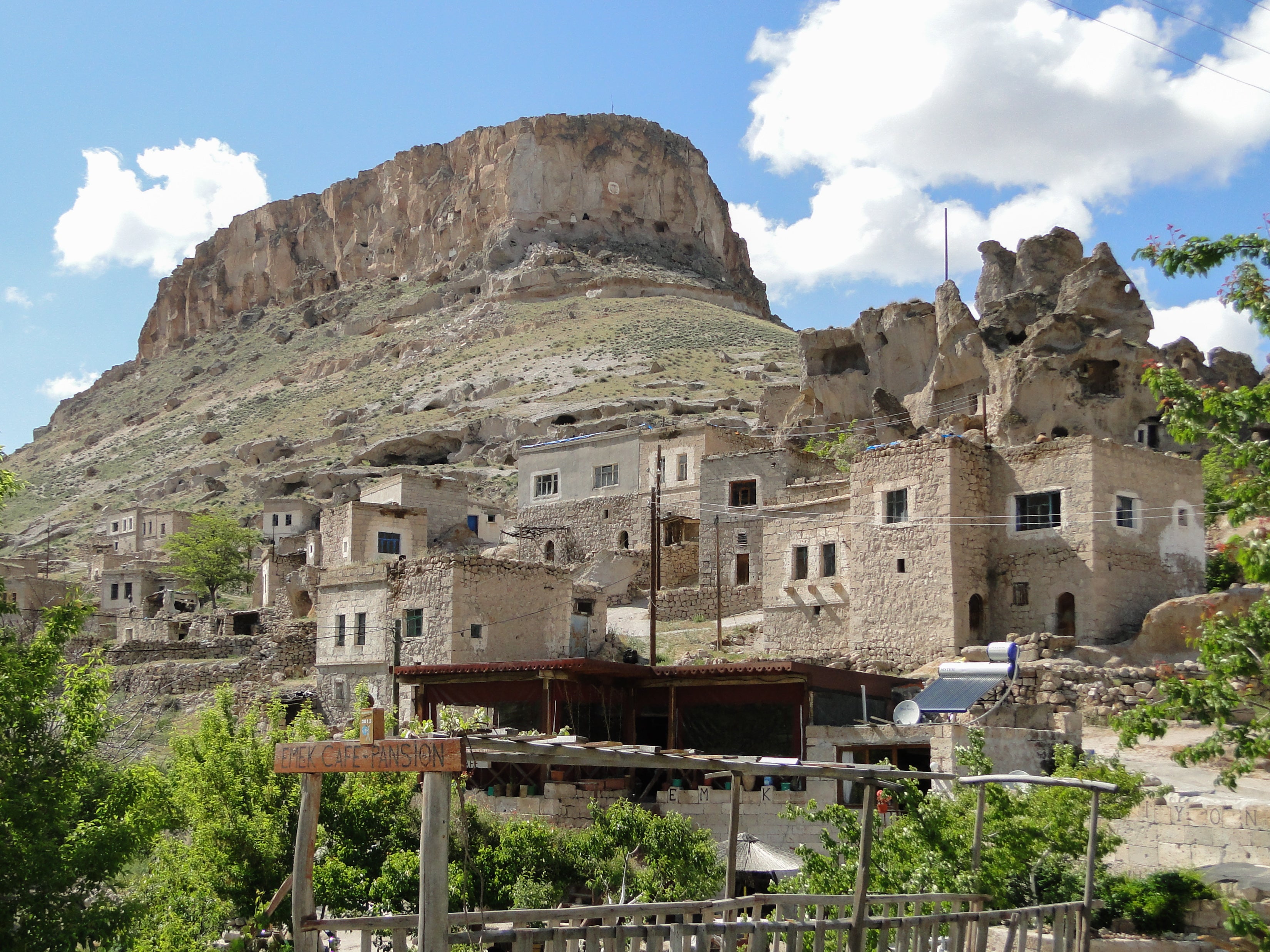


Share:
Göreme Historical National Park: The Land of Fairy Chimneys Touched by Time
About Soganli Valley